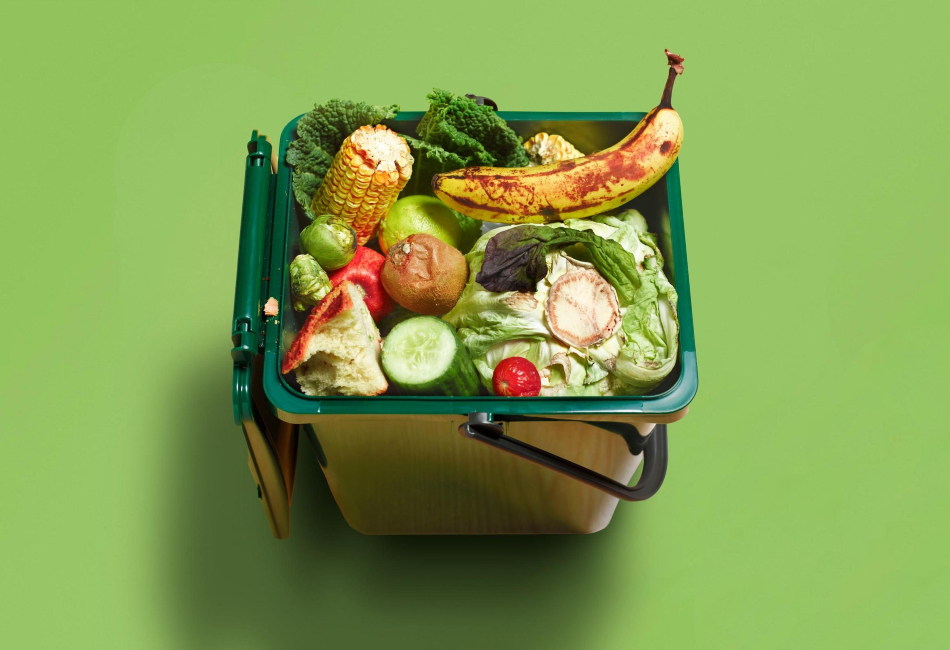The buzz around sustainable living has never been louder. And while people often focus on energy and water, sustainable eating often gets overlooked. Just like the excitement of hitting a jackpot at roulette nz, the joy of discovering the benefits of dry foods can be equally thrilling. With their long shelf lives and minimal waste, dried foods, from raisins to rice, are becoming a centerpiece of this movement. Let’s explore how they contribute to a more sustainable future.
Why Sustainability in Eating Matters
Eating sustainably isn’t just about being kind to the Earth. It’s also about ensuring that our food sources last for future generations. Overproduction, food waste, and inefficient storage all challenge the health of our planet and our communities.
Enter the Dry Foods
Dry foods are exactly what they sound like: foods that have had most of their moisture removed. This simple process translates into big wins for sustainability.
- Less Waste in the Kitchen
Foods that rot quickly, like fruits and vegetables, often get thrown out. But dried fruits, grains, and legumes can last months, sometimes even years, without spoiling. This cuts down on the heartbreaking waste of throwing food away.
- Efficient Storage and Transport
Dried foods are lightweight and compact, making them cheaper and more energy-efficient to transport. Plus, they don’t require refrigeration, which saves energy.
- Nutritional Value Locked In
Drying foods like tomatoes or berries when they’re ripest preserves their nutritional value. It’s a method to capture their goodness without relying on artificial preservatives.
Beyond the Basics: Dry Foods in Daily Life
We’re all familiar with raisins or dried pasta. But there’s a wide world of dry foods out there to explore. Ancient grains like quinoa or barley are not only delicious but also packed with nutrients. Lentils and beans, with their protein content, are cornerstones of many vegetarian diets.
Another fascinating fact: dehydrating foods can amplify their taste. Ever notice how a raisin is sweeter than a grape? It’s not just your imagination. Removing water concentrates the flavors, making them more potent.
The Roulette of Choices
Just like a spin in roulette nz, the world of dry foods offers a variety of outcomes. Every choice you make in your diet can contribute to a more sustainable future. The more we opt for sustainable choices, like dry foods, the higher our chances of winning the game against food waste and inefficiency.
Creative Uses in the Kitchen
Don’t limit your dry foods to just a side dish. They can be the star of the show! Here are some ideas:
– Salads: Mix dried fruits, nuts, and grains to create a hearty salad.
– Soups and Stews: Lentils and beans are great additions. They soak up flavors and add depth.
– Baking: Use dried fruits as natural sweeteners in place of sugar.
The Bigger Picture: Sustainability Beyond Food
The sustainable eating movement is a part of a bigger picture. It’s about making choices every day that reduce waste, save energy, and promote a healthier planet. When you choose dry foods, you’re also supporting farmers who use less water and energy in food production.
Economic Benefits: Savings for Your Wallet and the Planet
Not only do dry foods offer a pathway to sustainable eating, but they also present economic advantages. By reducing the need for frequent grocery trips due to spoilage, households can save money. Additionally, on a larger scale, decreased demand for refrigeration and transportation energy reduces costs and emissions. As consumers, opting for dry foods is a strategic choice that promotes both individual and global financial well-being.
But What Can I Do?
Starting with dry foods is a step towards sustainable eating. But don’t stop there. Educate yourself on the origins of your food, opt for local produce, and reduce meat consumption. Every choice counts.
Conclusion: A Journey of a Thousand Meals
The journey to sustainable eating isn’t a single decision. It’s a series of choices made over a lifetime. By including more dry foods in our diet, we not only add variety to our meals but also make choices that favor our planet. Each meal becomes a statement of intent, a vote for a better, more sustainable future. So, the next time you’re planning a meal or shopping for groceries, think of the bigger picture. Your choices matter. Choose wisely, choose sustainably.


